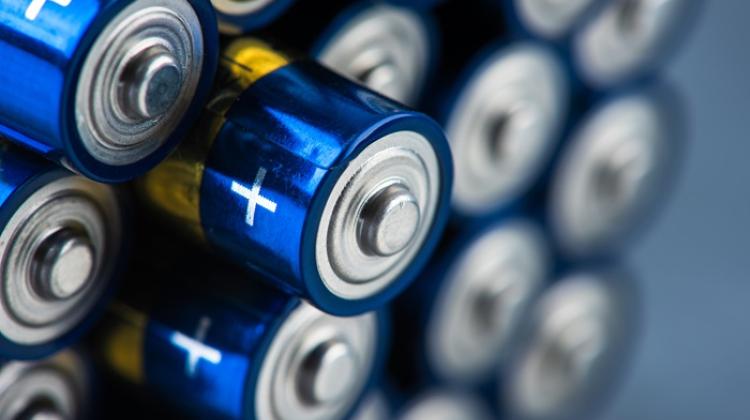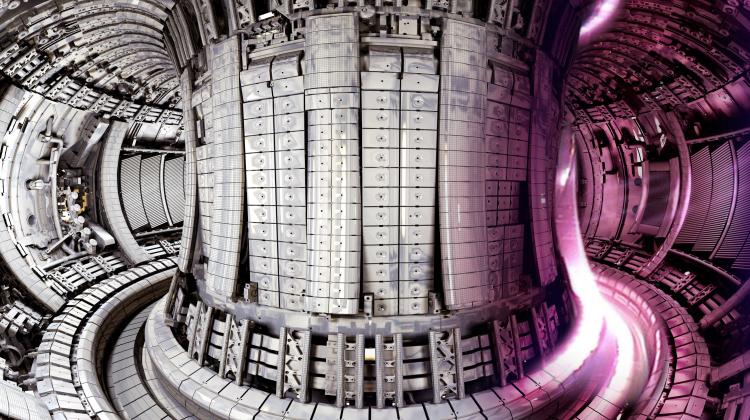Silesian scientists are working on a new generation of photovoltaic cells
 PAP © 2016 / Marcin Bielecki
PAP © 2016 / Marcin Bielecki
Photovoltaic cells in the form of flexible materials covering the purse and charging the phone inside? This is a possible future application of a new generation of the components, on which scientists from the University of Silesia and Silesian University of Technology are working.
Their project concerns the development of new polymer structures for the construction of photovoltaic cells, for example in the form of flexible fibres. Ultimately, they will allow for more efficient charging of electrical devices at relatively low cost of generating energy in an environmentally friendly way.
According to the project leader Prof. Ewa Schab-Balcerzak of the Institute of Chemistry of the University of Silesia, due to the growing energy demand in society, it is necessary to ensure the scientific development in the area of the production of electricity from renewable sources. This includes the photovoltaic cells, which convert solar energy into electricity. Today these cells are mainly associated with solar panels placed on the roofs of buildings.
And while the photovoltaic market is growing year by year, according to Prof. Schab-Balcerzak the power of cells installed in Poland is still below European standards. "The development of photovoltaics is a very current topic. Photovoltaic technologies, particularly those related to flexible photovoltaics, which is our area of interest, are in a phase of continuous development and search for new solutions that would meet the growing demand" - the researcher said.
In the future, the new, organic cells that scientists are working on may make it possible to charge devices more efficiently with relatively low cost of energy. "The development of flexible photovoltaics technology is geared towards the development of lightweight and low cost devices. The development of cells in the form of flexible fibres or meshes also translates to expanding the area of their applications" - explained Prof. Schab-Balcerzak.
However, the main challenge is to improve the durability of such cells and their photovoltaic performance, mainly the efficiency of conversion of light energy into electricity. "Research centres around the world are working on solutions to these problems" - the researcher emphasised.
Silesian scientists in their basic research want to focus on two types of cells - dye-sensitised and bulk-heterojunction solar cells.
"The scope of the project includes the preparation of conductive composites containing dispersed polymers, inorganic nanoparticles or hybrids of these fillers as dispersed phase. These composites will be used to produce nanofibres by electrospinning" - said Prof. Schab-Balcerzak.
Scientists will use these nanofibres to develop dye-sensitised and bulk-heterojunction solar cells. "In the presented project, we propose to use new organic dyes for the production of dye-sensitised cells and to replace of commonly used TiO2 porous layers with nanofibre composites, which should improve the durability and efficiency of the cells" - explained the professor.
Three-year project "New polymer structures for the construction of photovoltaic cells" has been co-financed by the National Science Centre with the amount of over PLN 1 million.
"The scientific objective of the project is to investigate the physical phenomena accompanying the light absorption process in the proposed systems and to determine the relationships between the photovoltaic properties of the cells in which our materials will form the active layer. Identification of such relationships will be the key to improving the durability and efficiency of photovoltaic cells" - concluded Prof. Schab-Balcerzak.
The research project is carried out by scientists from the Institute of Chemistry of the University of Silesia (research team led by Prof. Schab-Balcerzak and Marcin Libera) and from the Institute of Engineering and Biomedical Materials of the Silesian University of Technology in Gliwice (Dr. Tomasz Tański\'s team).
PAP - Science and Scholarship in Poland, Agnieszka Kliks-Pudlik
akp/ zan/ kap/
tr. RL
Przed dodaniem komentarza prosimy o zapoznanie z Regulaminem forum serwisu Nauka w Polsce.


















